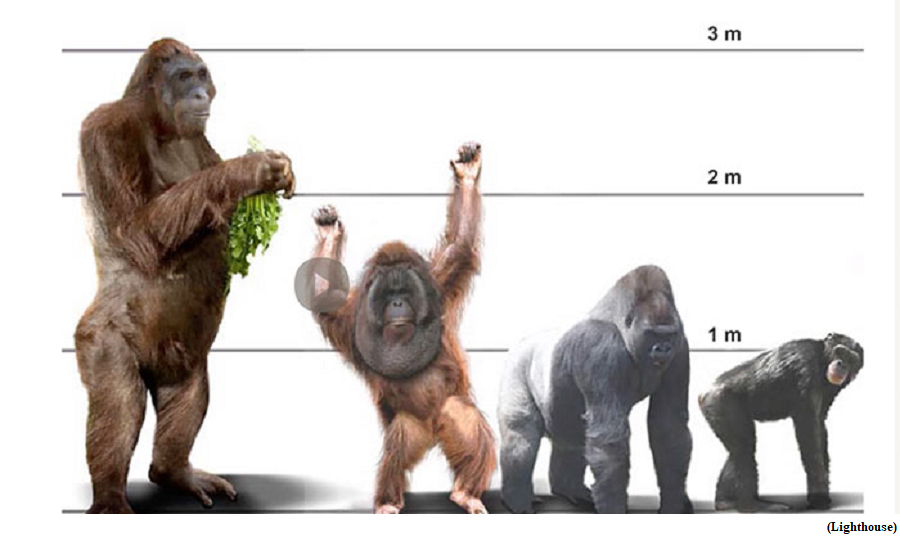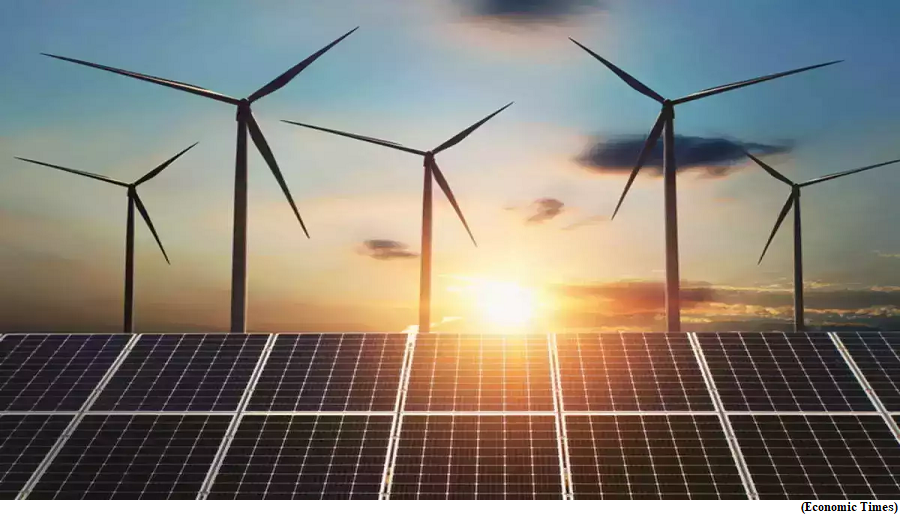How fractals offer a new way to see the quantum realm (GS Paper 3, Science and Technology)

Context:
- Uncertainty is an inherent feature of all systems. It is independent of the precision or the accuracy with which the system is measured.
- It has forced physicists to find a practical approach to study quantum systems in ways that can circumvent the limitations it imposes.
- One of the ways in which physicists have responded is via the so-called non-integer small dimensions, a.k.a. fractal dimensions.
What are fractal dimensions?
- The dimensionality of a quantum system is an important thing to bear in mind when physicists study its properties.
- For instance, electrons in a one-dimensional system form a Luttinger liquid (not a liquid per se but a model that describes the electrons’ liquid-like behaviour); in a two-dimensional system, the particles exhibit the Hall effect (the conductor develops a side-to-side voltage in the presence of a top-to-bottom electric field and a perpendicular magnetic field).
- Physicists use the fractal geometry approach to study quantum systems in dimensions like 1.55 or 1.58, or in fact anything between one and two dimensions.
- Fractality is ubiquitous in nature, if also sometimes hidden from plain sight. A shape is fractal if it exhibits self-similarity, i.e. if parts of it at a smaller scale resemble parts at a larger scale. Such shapes can be easily produced by repeatedly modifying its edges using simple rules.
- Consider the Koch snowflake – a shape that begins as an equilateral triangle, and in each subsequent step, every side becomes the base for a new triangle. After many steps, a fractal snowflake appears.
- The higher the ‘value’ of a fractal’s dimension, the greater is its ability to fill space as its shape evolves. For example, the Koch snowflake has a fractal dimension of around 1.26.
What do fractals look like?
- On the macroscopic scale, fractals can be seen as irregular, complex patterns at all scales and in all views, near or far.
- Some of the more remarkable examples of such patterns include the design of human fingerprints, the stumps of trees, in the shells of snails, the system of human veins, the network of rivers as seen from high up, the splitting of veins in a plant leaf, the edges of a snowflake, a bolt of lightning going branching off in different directions, the shapes of clouds, the mixing of liquids of different viscosity, the way tumours grow in the body, and so on.
- There are fractals in the quantum realm as well. In a study published in 2019, for example, researchers from Switzerland and the U.S. used X-rays to study the magnetic properties of a compound called neodymium nickel oxide.
- They erased its magnetic order (the parts of its internal order imposed by magnetic fields) and then restored it. To their surprise, they found that parts of the material’s insides where the magnetisation was in the same direction called magnetic domains had a fractal arrangement.
- They also found that the domains reappeared in almost the same positions they were in before they were erased, as if the material had a memory. All these effects were due to the material’s quantum physical properties.
Applications of fractality:
- The first attempt to apply fractal analysis in physics was for Brownian motion, the rapid, random, zigzagging motion of small particles suspended in a liquid medium, like pollen in water. As such, the value of fractals is that they describe a new kind of order in systems that we may have otherwise overlooked.
- They pave the way to potential new insights from otherwise familiar shapes like lines, planes, and points, in the unfamiliar milieu of a space with non-integer dimensions.
- Researchers have also used the concept of fractality in data compression, such as to reduce the size of an image when storing it, and to design more compact antennae without compromising their performance.
- Some have also used fractality to study patterns in galaxies and planets and, in cell biology, to make sense of some bacteria cultures. Fractal geometry has also found applications in chromatography and ion-exchange processes, among others.
Tripling renewable energy target
(GS Paper 3, Environment)
Why in news?
- Recently, 118 countries signed a renewable energy pledge at the ongoing COP28 climate summit to triple the world’s green energy capacity to 11,000 GW by 2030, thereby, reducing the reliance on fossil fuels in generating energy.

Renewable energy pledge:
- According to the “Global Renewables and Energy Efficiency Pledge”, countries have to “double the global average annual rate of energy efficiency improvements from around 2% to over 4% every year until 2030”.
- By checking the rise in emissions, governments hope to curtail global average temperature below the 2 degree Celsius temperature limit since pre-industrial times, if not the ambitious 1.5 degree Celsius of the 2015 Paris Agreement.
- The pledge is neither legally binding nor a part of the official COP28 calendar. COP28 also has the issue of tripling renewable energy on its agenda, the outcome of which is being keenly awaited. What the pledge does is indicate that world leaders want to be more active in checking global emissions.
- Incidentally, the International Energy Agency (IEA) has found that, between 2022 and 2027, renewables will account for over 90% of global electricity capacity expansion.
Why tripling of renewable energy?
- Solar, wind, hydropower and biofuels are seen as the fuels of the future, even in developing countries. According to the pledge, the tripling of renewable energy is expected to practically eliminate fossil fuels as energy sources by 2050.
- In 2022, India’s Ministry of New and Renewable Energy said that the country was the world’s third-largest producer of renewable energy, with 40% of its installed energy capacity coming from non-fossil fuel sources. India has announced its aim to meet 50% of its electricity demands from renewable energy sources by 2030 and reach net zero emissions by 2070.
- The IEA has found that the electricity sector is the brightest spot globally for renewables, with the strong growth of solar photovoltaics and wind energy in recent years, building on the already significant contribution of hydropower.
- Across the globe, the deployment of renewables is also running into trouble due to rising costs, labour constraints, and supply chain issues. These have forced project delays and cancellations in recent months, costing leading developers billions of dollars in write-offs.
India’s stand:
- The pledge was spearheaded by the EU, the US and the UAE and supported by Brazil, Nigeria, Australia, Japan, Canada, Chile and Barbados.
- India and China have stayed away as the initiative calls for phasing down of coal and “ending the continued investment in unabated new coal-fired power plants”.
- In September 2023, however, India had already supported, as part of the G20, a commitment to work towards tripling global renewable energy capacity by 2030.
- The announcement was one of the strongest declarations to come out of the G20. All eyes are now on the result of discussions at COP28.



